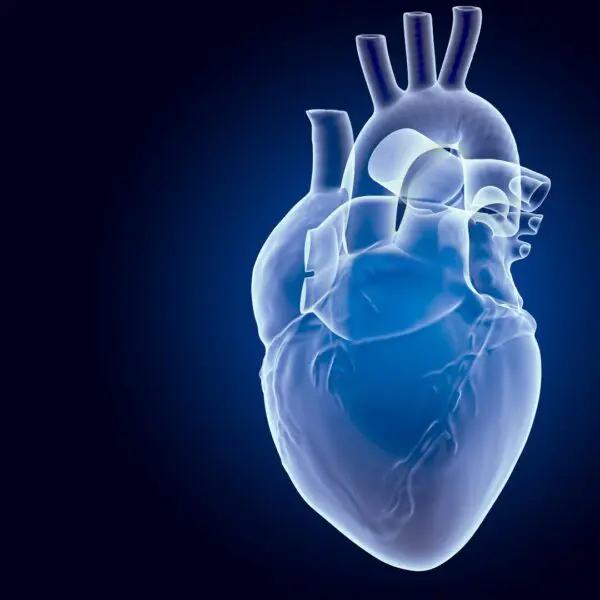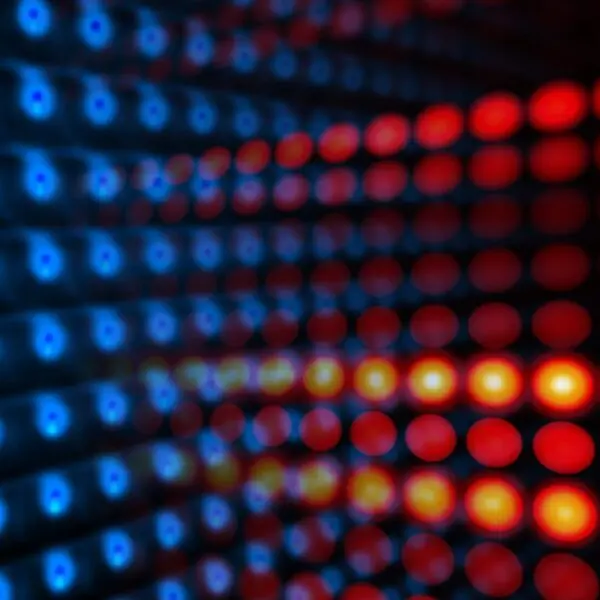Oxygen’s voyage in the body starts with the air you breathe and ends up in your individual cells. The oxygen mixed with air enters the lungs, where it goes into the alveolus (tiny air sacs in the lungs), diffuses into the blood, and attaches to hemoglobin. Eventually, the oxygen is released from the hemoglobin and diffuses into the tissue. Ultimately, oxygen enters the cell and interacts with the mitochondria, the powerhouses of the cell. When oxygen is utilized in the mitochondria, the final product is adenosine triphosphate (ATP), which is the body’s energy currency.
How the mitochondria utilize oxygen can determine health or disease. This simple fact is at the root of most ailments. Hyperbaric chambers work by providing oxygen that can be controlled. Oxygen is primarily used by the body in the formation of ATP, the molecule responsible for intracellular energy transfer through a process called cellular respiration.
Normal air is about 21% oxygen. Under normal conditions, plasma hemoglobin is almost entirely saturated, yet at the same time there’s minimal dissolved plasma oxygen. With hyperbaric oxygen, there’s a significant increase – approximately 30% to 40% – in the overall oxygen content in the body. This increase from baseline is due almost entirely to an increase in oxygen dissolved in plasma.
HBOT allows for oxygen to be dissolved in the blood, body fluids, cerebral spinal fluid (the fluid that surrounds the brain and spinal column), bone tissue, and lymph nodes. Oxygen-rich fluids in the body can then travel to areas where blood circulation is either blocked or diminished. The extra diffused oxygen is responsible for a phenomenon called vasculogenesis, which occurs when blood vessels are formed where there were previously no vessels. This can be very important in circumstances such as stroke, traumatic head injury, and general recovery. A similar process to vasculogenesis is called angiogenesis, where essentially new blood vessels are made from pre-existing ones.
Another physiological effect of hyperbaric oxygen deals with vasoconstriction (the narrowing of blood vessels). Hyper-oxygen content in normal tissue causes vasoconstriction, but this is compensated by increased plasma oxygen content and microvascular blood flow. This vasoconstrictive effect does, however, reduce post-traumatic tissue edema, which contributes to the treatment of crush injuries, compartment syndrome, burns, and traumatic head injuries including strokes. As you may know, swelling typically impedes healing.
The mechanism by which hyperbaric oxygen causes vasoconstriction is as follows: Increased levels of oxygen cause a decrease in local nitric oxide (NO) production, thereby leading to vasoconstriction, as NO is a potent vasodilator. Conversely, increased levels of carbon dioxide, the byproduct of respiration, promote NO production and vasodilation.





















